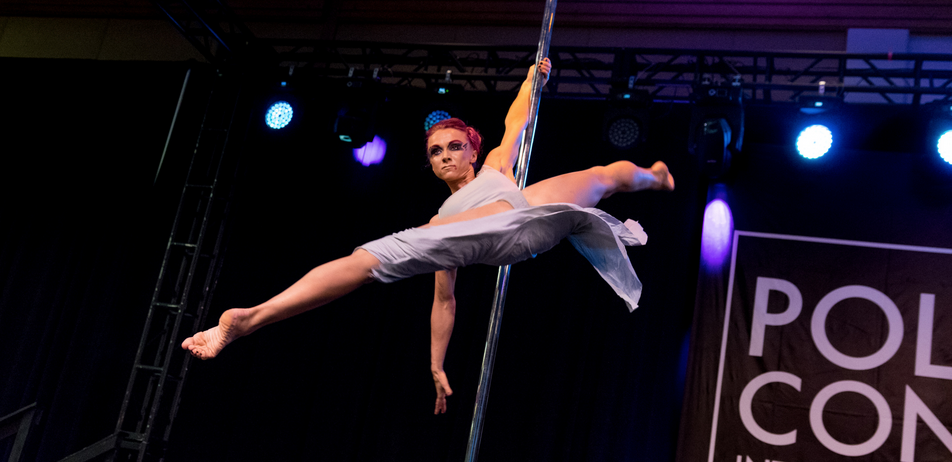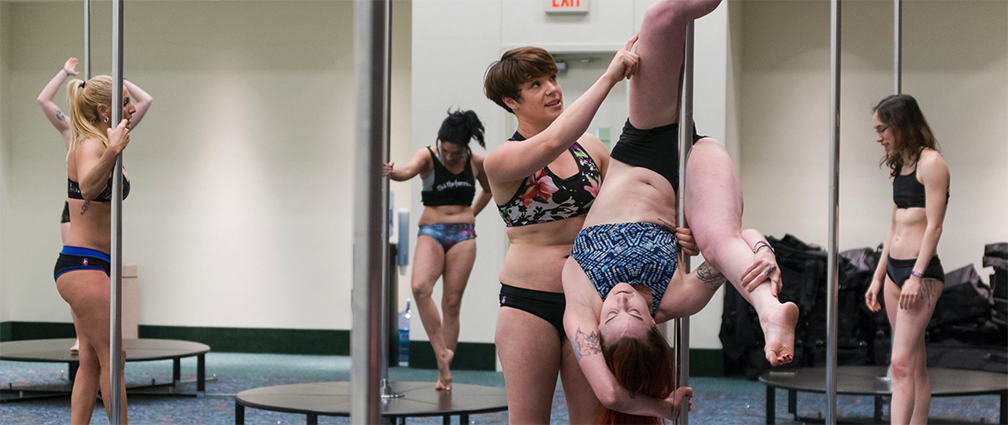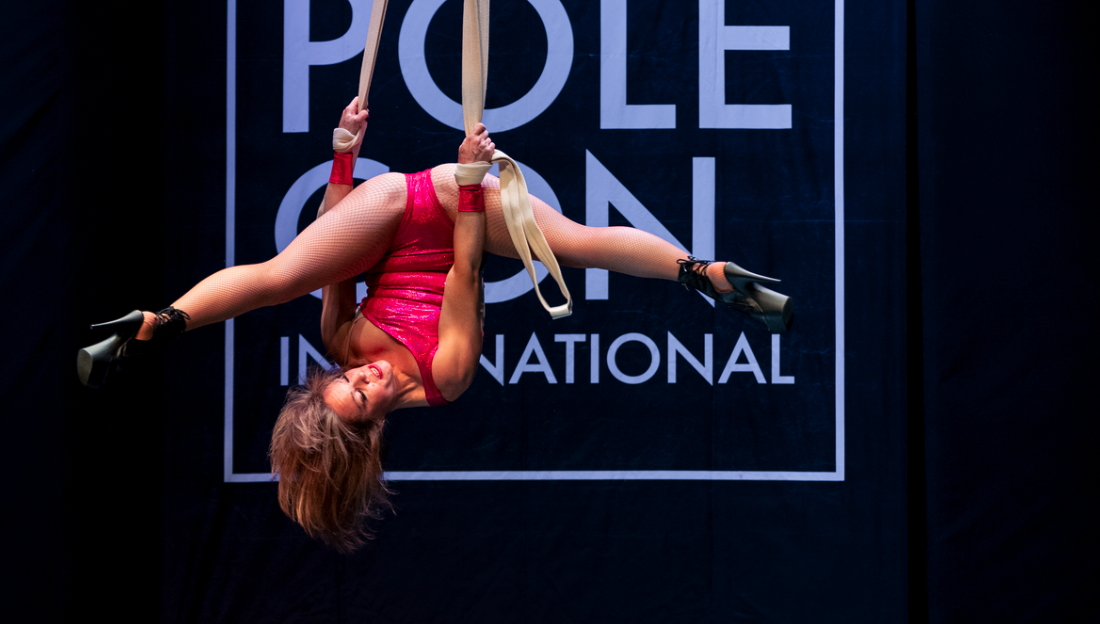I asked this a few weeks ago via social media and many people had some…

What you do outside of the studio impacts your ability to do what you want in the studio
Whatever you do outside of the gym/studio/other moving “arena” is going to impact what you do in the gym/studio/other moving “arena” MUCH MORE than what you do in it.
I’ll say it again: stop blaming the time spent (or not spent) in the gym on your progress. It will always be the time spent outside of the gym (and how you spend that time!) that will impact your movement journey the most.
What does that mean? The few hours a day you focus on moving cannot combat the hundreds of hours you spend doing repetitive motions (or not doing any motions) in your everyday life that could be impeding your abilities, reinforcing compensatory movement patterns, or even causing you pain.
Movements like:
- How you sleep
- How you pick up and hold your child or pet
- How you drive
- How you walk
- How you sit
- How you hold your head
- How you stand
- How you get off the floor
- How you get down to the floor (or don’t get down to the floor)
- How you use a computer
- How you use your mobile device
…and a thousand other things that you do every day on “autopilot” without thinking the same way every time.
Ask yourself, when was the last time that you thought about how you did any of these things? And if you did think about it, when was the last time you thought about doing it a different way from the way you always do it?
Notice how you walk downstairs. Do you always start with the same foot? Watch people get on to a moving sidewalk. Sometimes you’ll see someone doing a little double step, changing the length of their stride just so they step on the “right” foot.
Activity:
First, start to notice how you are doing everyday things—Do you always grab the coffee mug with the same hand? Do you always push off the ground with your left leg? Then, for one day, do the same motion on the other side. Do you notice anything different? Was it harder to do the “other side?” How did it feel?
Don’t compare your journey
Second unpopular opinion: you cannot compare your path to mobility—including how you get where you want to go, what that looks like to you, and how long it takes—to anyone else. Those people have different paradigms— physical/emotional/mental experiences—than you. Their journey is not your journey.
Even if you started doing whatever your chosen movement activity/sport/hobby at the same time as someone else, you cannot and should not compare to them. Everyone is a unique individual with unique issues. There is no one size fits all approach to accessing and improving greater range of motion in a specific movement pursuit or in your everyday life. Comparing yourself to someone else will only bring frustration. It will not bring solutions.
Age, body size, gender, and previous history of injury and of movement are not factors that will halt your movement journey. They are important factors to be aware of so that you can devise the right path forward for your unique situation, however they will not full on stop you from making improvements to your mobility. Improvement may be incremental, it may take longer than you think it *should, * and as you progress, your goals may change along the way. All of that is ok.
Trust me, you’ll enjoy the experience much more if you compare to yourself and not to others.
Make small changes
The body is complicated.
Your body has adapted over time to do what you ask it to do—even if you’re not aware that you’re asking it to do those things! If you sit for long periods of time, you ask the body to adapt to that posture and position. If you constantly do things on one side, you ask the body to respond to that request and maximize it.
“When you take a symmetrical design, and continually, repeatedly, and habitually use it asymmetrically, it won’t be without consequences. The consequence is that we will have a symmetrical body adapt to asymmetry.” (Vinny Crispino)
If you had an injury, your body compensated to keep you doing the things you wanted it to do while you were healing, putting more demands on other muscles. Even though you healed, your body might not have received that message and might still be acting in an overprotective mode, avoiding certain positions to help you. Yes, there are physical and psychological components to that sense of “guarding” or “bracing.” Children who don’t have a history of injury often do things without fear because they have not yet had the experience of having an injury from the immediate pain to the protected injury. Adults on the other hand, know what it’s like to be injured and will often avoid any additional injuries to their “bad” or previously injured body part.
Regardless of your situation, it will take time to unravel what is going on in your body and find solutions that work for you. It can be overwhelming at first to think of all the things that you “have” to do to feel better. So, start small. Start with one thing and then see if you feel any difference.
There is no one size fits all approach to addressing your unique mobility needs. And there may be a lot of trial and error as you find the right things that work for you.
The elements that work for your body might not be what someone else’s body needs. The specific verbal cues that help you achieve the right muscle engagement or activation (the squeeze!) might not make sense to your friend.
Ready to learn more? Start here:
Read more about learning how to feel what your body is doing inside at this blog.
Read more about how to move your body in space in this blog.
Latest posts by Colleen (see all)
- Interview with New PoleCon Instructor: Stephanie Tallant - April 19, 2024
- What makes a “good” pole dance teacher? - April 12, 2024
- PoleCon Exhibitor Spotlight: Synchronicity Active - April 5, 2024


